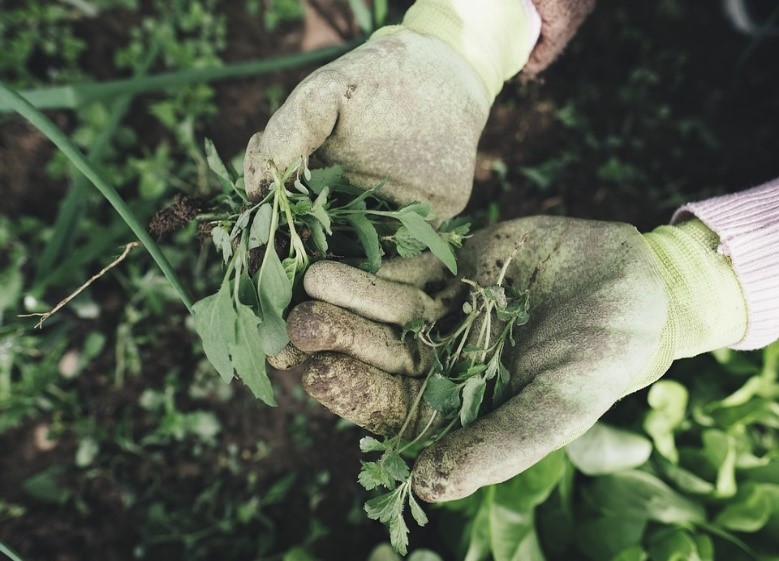Managing weeds is one of the central responsibilities of growing crops, a task that asks for a considerable amount of labor, time, and tools. Since their development in the twentieth … Read more
sustainable agriculture
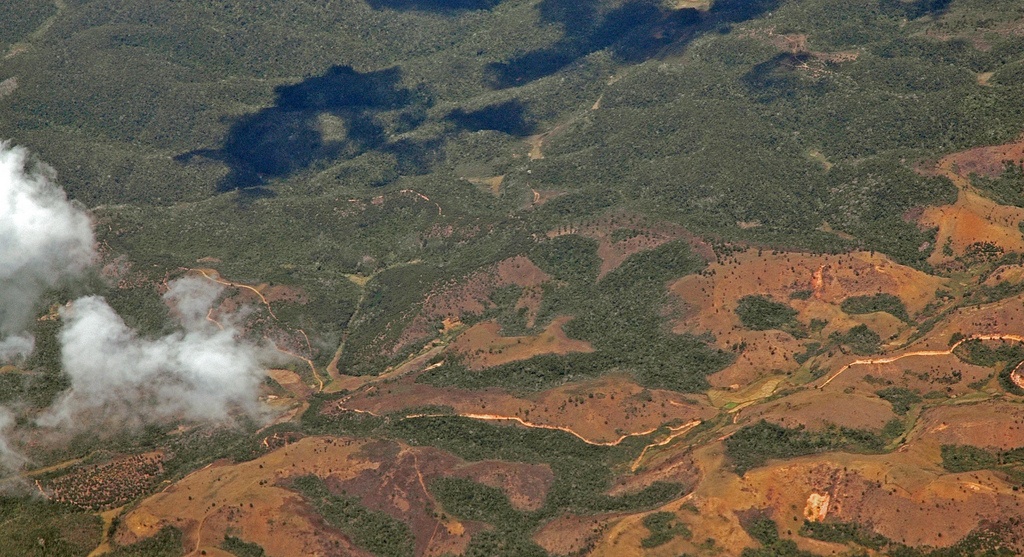
Cautious Optimism
In the months leading up to the 2021 United Nations Climate Change Conference (COP26) in Glasgow, there was a feeling of urgency to ensure national governments and companies would stay … Read more
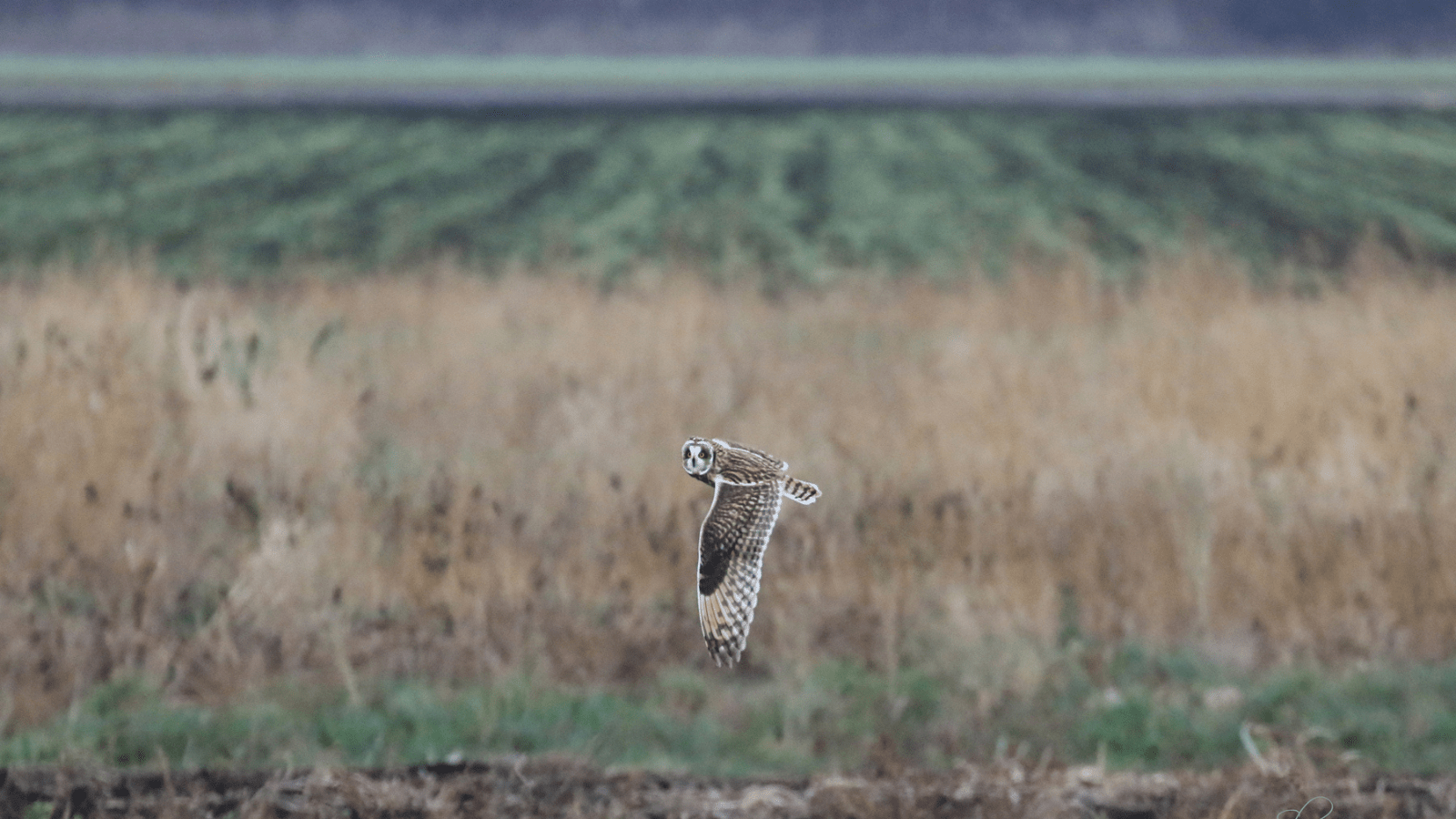
Conservation Champions: Farmers Leading From the Ground Up
Cover crops and other conservation agriculture practices have an array of benefits that support soil health, crop production, water quality, and farm resilience. Despite these numerous and well demonstrated benefits, … Read more
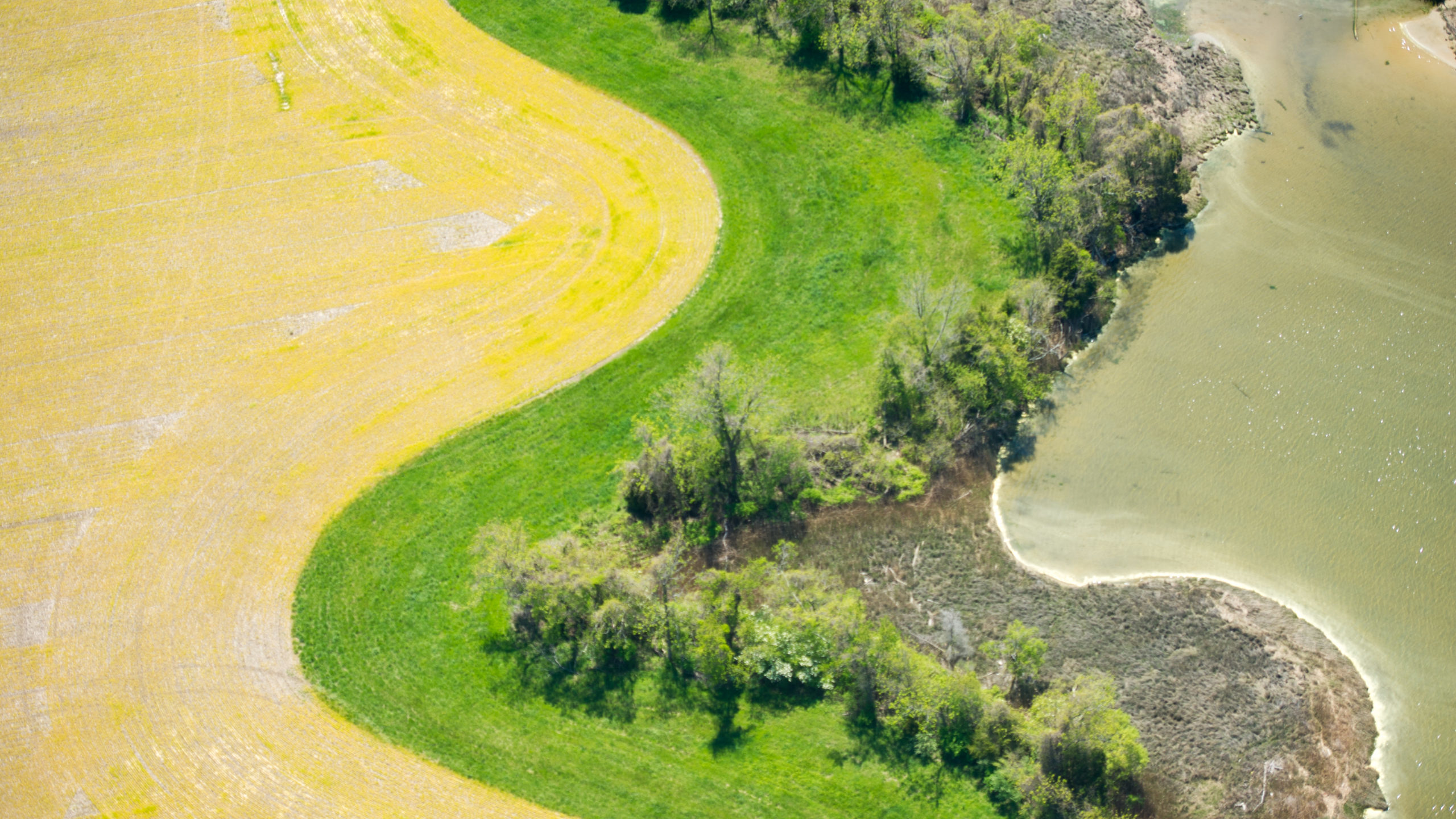
Growing A Sustainable Future for Agriculture
Agriculture is inextricably tied to the future of people and wildlife. Working lands – the farms, ranches, and forests that we depend on for food and fiber – make up … Read more
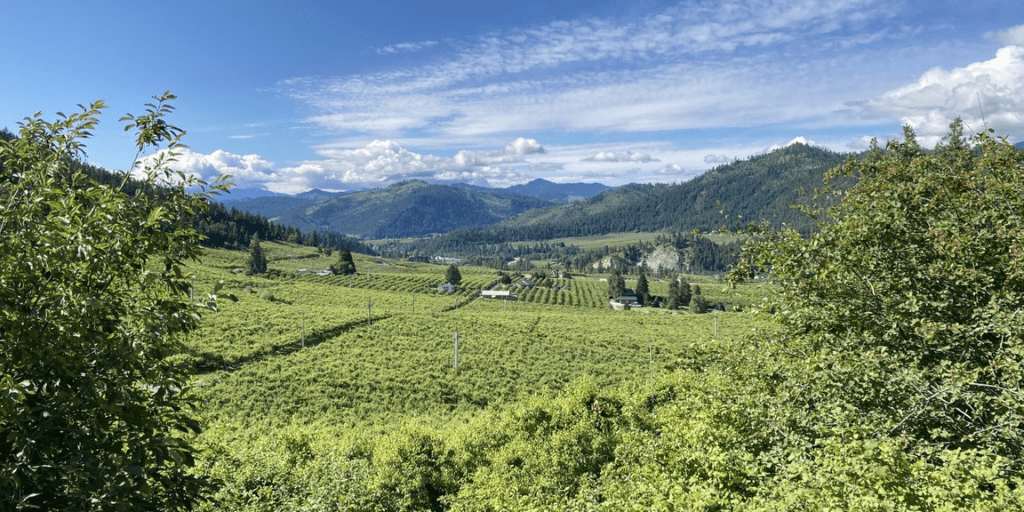
Lessons from a Leaf: The Wild World of Orchard Insects
It’s harvest time in central Washington. Daybreak in the pear orchards of the Wenatchee Valley is accompanied by the sound of ladders clanking, tractors roaring to life, and pickers singing … Read more
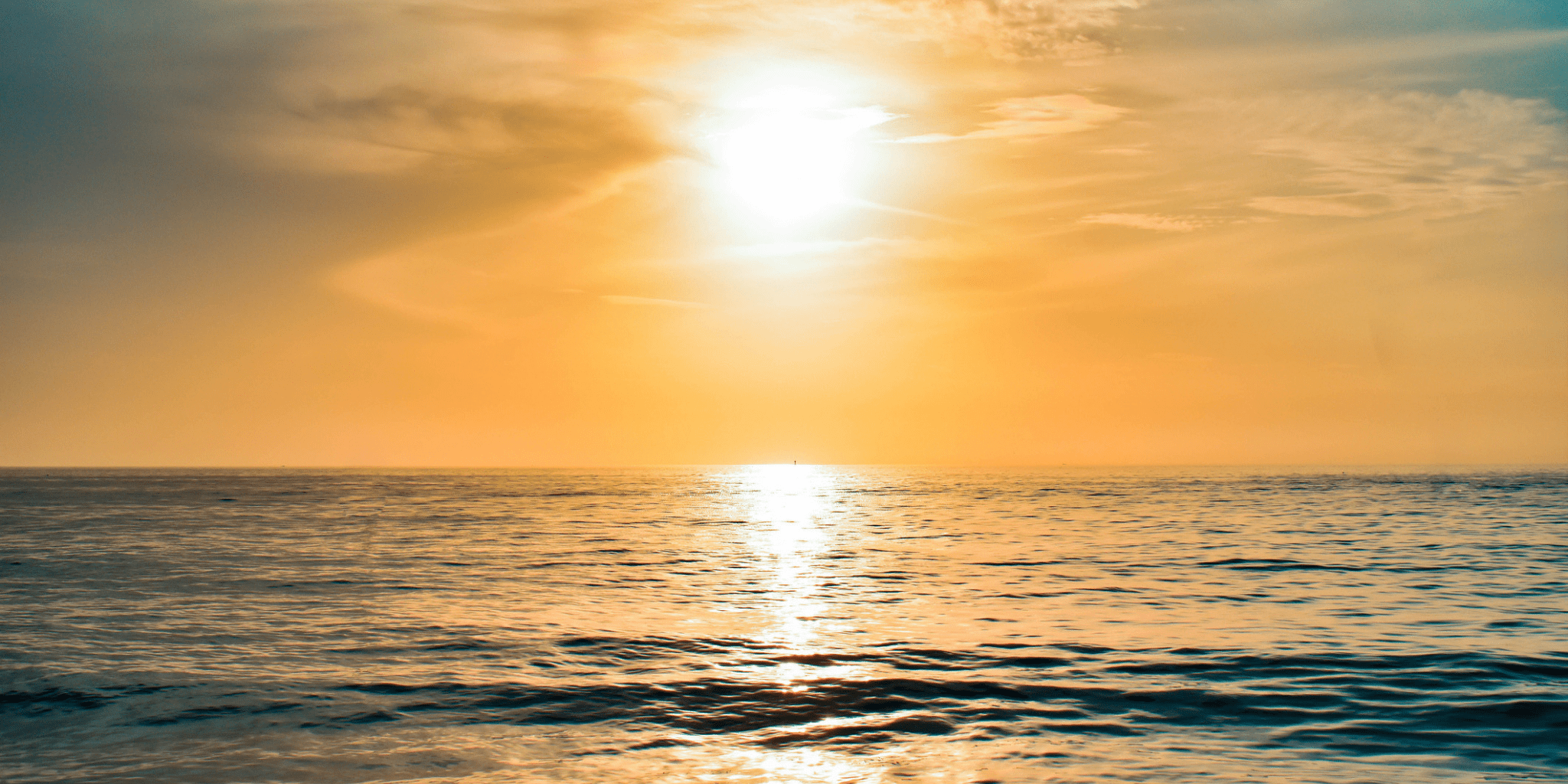
Five Ways To Tackle The Gulf Of Mexico’s Dead Zone
This year, the Mississippi River flooded for more than 6 months, unprecedented in both length of time and volume of water. Researchers recently announced that this year the excess fertilizer … Read more
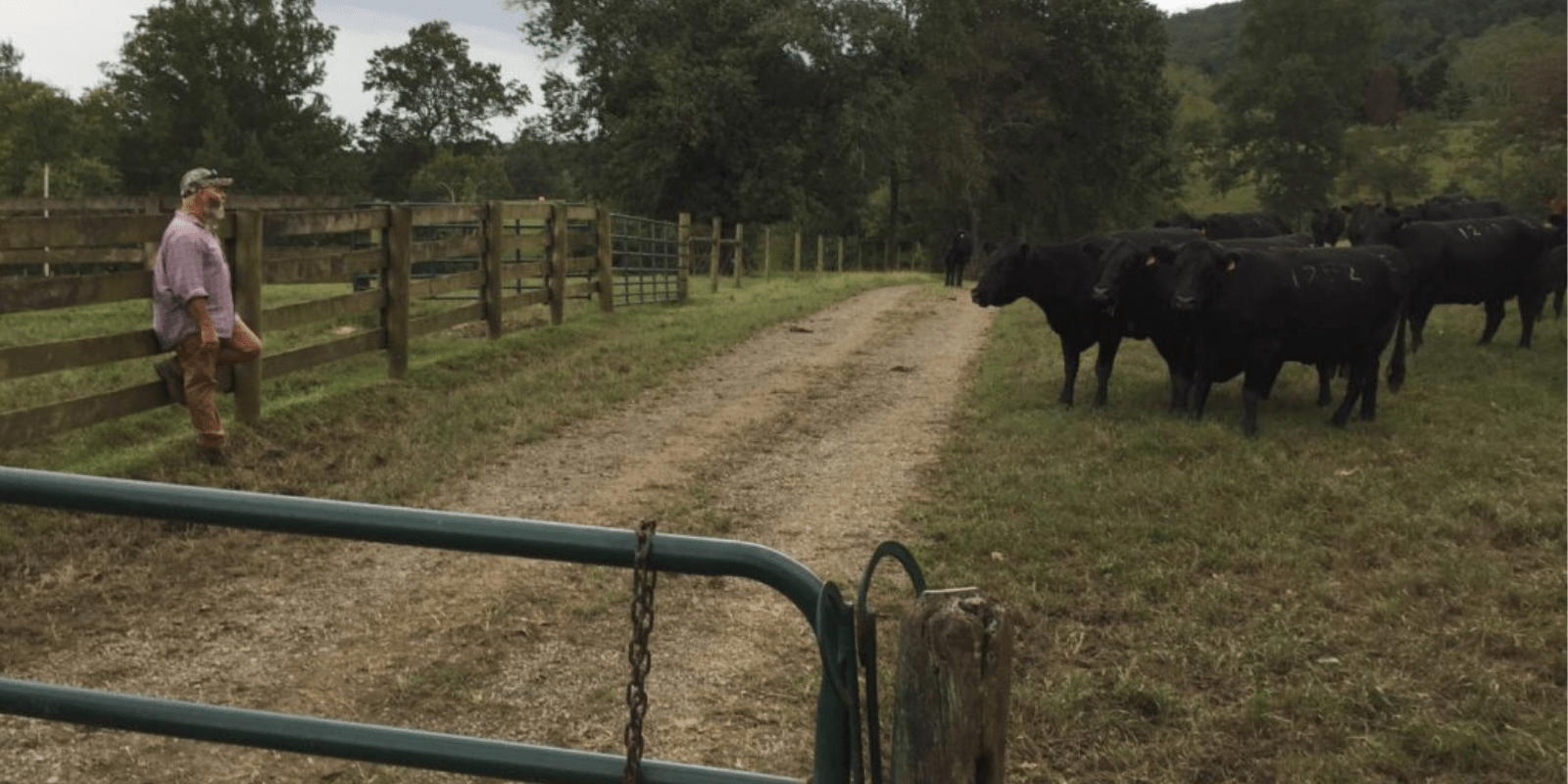
How Virginia Farmers Protect Clean Water & Wildlife
In the Mid-Atlantic region, our staff often encounter the common misconception that protecting the environment and supporting farmers are incompatible. This is likely because agriculture is the largest source of … Read more
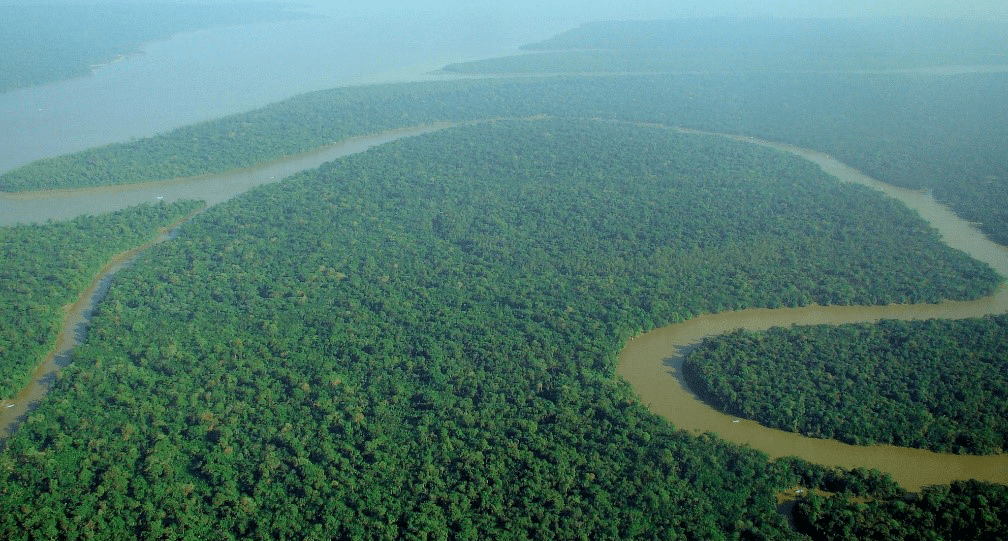
Forests Emerge As Global Priority At COP23
Following an exciting first week of the 23rd United Nations Climate Change Conference, also known as the COP23, the National Wildlife Federation’s International Wildlife Conservation team continued to advocate for … Read more
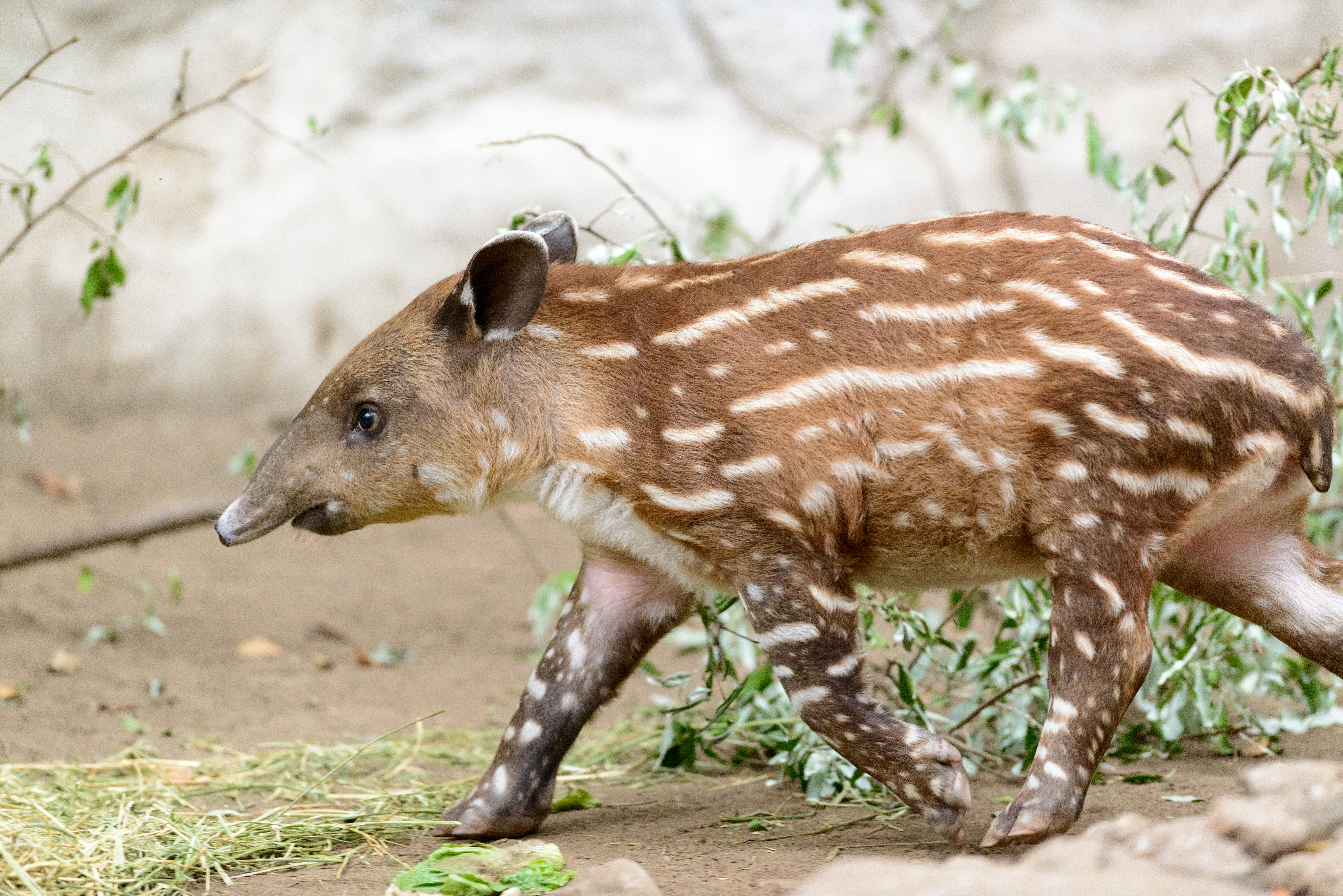
Win-win solutions for the Environment and Wildlife
The National Wildlife Federation recently co-organized an official side event as part of the United Nations Climate Change Conference in Marrakech. Our event focused on opportunities to improve management practices on … Read more
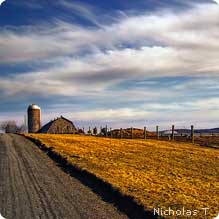
Romance and “Reality” in Rural America
Did you hear? Chris Soules, the heartthrob fan-favorite farmer from last season’s The Bachelorette will be next season’s Bachelor. Chris stole the hearts of the viewing audience with his family-first, … Read more

